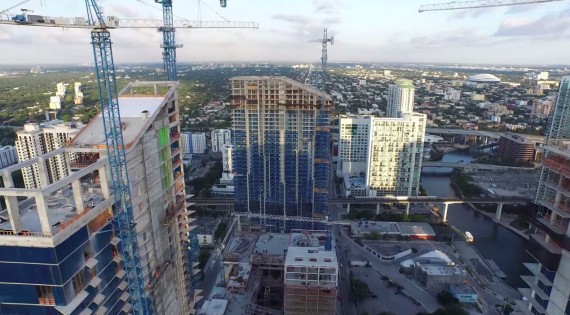Trending
Downtown Miami’s retail on track for a healthy 2016: report

Miami’s real estate markets are facing tough times because of floundering economies abroad, but at least one of the city’s sub-sector’s future is looking bright: retail, according to a newly released report.
The Greater Downtown area is seeing a huge influx of new development that is banking on Miami’s growing population and the city’s attractiveness as a tourist destination, according to the report from Integra Realty Resources.
Integra estimates that about 1.4 million square feet of new retail space is set to open in Greater Downtown Miami within the next three years. Much of that is located in Brickell thanks to the 505,000-square-foot Brickell City Centre, which is expected to launch this year. Some of the other projects in the pipeline include the similarly sized Miami Worldcenter — recently reimagined as “High Street” retail by its developers — and the shopping portion of Met Square.
New development isn’t the only section of the market that’s seeing growth: profit margins for a variety of businesses, most notably restaurants, have ballooned considerably in the last two years, the report said.
Downtown eateries cleared a whopping $735 million in sales during 2014, an increase of 78 percent compared to 2013. Banking and financial services also grew by 45 percent during the same time period, reaching $53 million.
On the flip side, general merchandise — the top earner at $837 million during 2014 — fell by 5 percent compared to 2013. Clubs and liquor stores also took a huge 80 percent hit, raking in $16.25 million in 2014.
So what’s driving this demand? The Integra report said at least part of it is due to population growth in the downtown area, which currently houses about 80,750 residents. The city’s Downtown Development Authority expects that figure to grow by another 11,769 people by 2019.
More than 4.4 million overnight visitors also hit the downtown area in 2014, accounting for $1.445 billion in consumer sales that year.
Those factors, coupled with the increase in office space bringing in businesses, equates to more people with disposable income than ever passing through shops and restaurants in the downtown area. — Sean Stewart-Muniz




